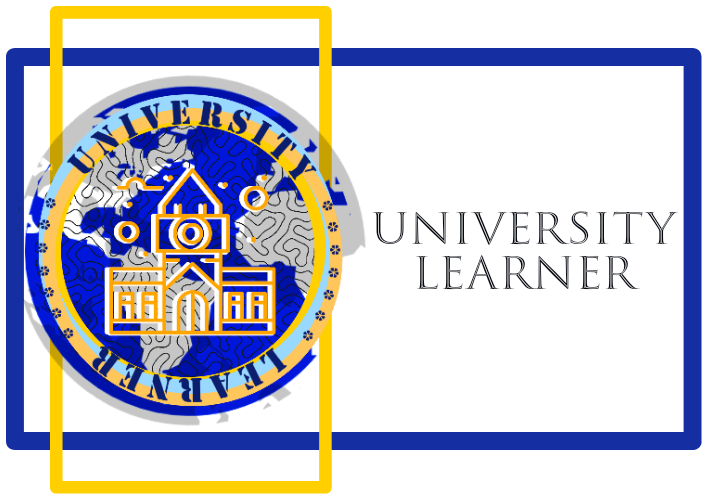Evolution of Higher Learning and Research in India
Pre-Independence
-
Charter ct 1813:
-
Spread of Scientific Knowledge.
-
-
Charter Act 1817
-
Establishment of Hindu College in Calcutta (Known as Presidency University since 2010)
-
-
Elphinstone Report 1823
-
Recommended the appointment of district Examination Officers, School Supervisors
-
Suggested training for teachers.
-
-
Macualay’s ‘minutes upon Indian Education’ 1835:
-
Introduced English in Indian Education system.
-
Removed age related biases for education.
-
-
Woods Dispatch 1854:
-
It is also known as the ‘magna carta of English education in India’
-
Suggested setting up of three universities: at madras, Bombay, and Calcutta (1857) for spreading Western philosophical thoughts.
-
-
Hunter Commission 1882-1883:
-
Known as Indian Education Commission
-
Fragmented education into: Primary and higher education
-
Suggested that universities should also manage affiliated colleges
-
-
University Commission 1902:
-
Lord Curzon appointed the commission under the chairmanship of sir Thomas Raleigh.
-
Study condition of the universities and recommend measures for improvement
-
Indian University Act 1904 was based on their recommendations
-
Recommended strict supervision of colleges introducing affiliation conditions.
-
-
National Council of education 1906:
-
Set up by Swadeshi Nationalist leaders.
-
Teaching traditions, cultures, morals along with modern education in vernacular language.
-
Establishment of National University in Bengal.
-
-
Resolution on Educational Policy 1913:
-
Recommended a university for each province.
-
-
Calcutta University Commission 1917:
-
Known as sadler Commission
-
It recommended:
-
Measures for women’s education
-
Increasing autonomy of institutions to manage day to day affairs.
-
Intermediate education
-
Degree courses to be 3 years
-
Separation of honours courses from regular courses
-
Facilities for trained teacherd
-
setting up of Central Advisory Board of Education (est. in 1920 and abolished in 1923)
-
-
-
Hartog Committee 1929:
-
Improving standard of University education.
-
Suggested establishment of Central Advisory Board of Education again.
-
-
Sapru Committee 1934:
-
Set up by U.P. Government for examining unemployment.
-
It pointed that unemployment was due to the faulty education system, which was providing only degrees
-
Recommended vocational education, diversified courses, three year degree courses, intermediate stage to be abolished.
-
-
Abbot- Wood Report 1937:
-
Studied problems in the Indian Education system.
-
Recommended the establishment of Polytechnics, Agricultural Schools for increasing employment.
-
-
Zakir Hussain Committee 1937-1938
-
Known as Wardha Scheme of Education, Basic Education, Nai Talim, Buniyadi Talim etc.
-
Recommended:
-
Free and compulsory education of 7 years for girls, and boys of 7 to 14 years
-
Instruction in mother tongue.
-
craft-centred teaching to increase employment
-
Taking care of remuneration of teachers
-
flexible curriculum
-
Free environment for teachers and students
-
-
It laid stress on on including English and religious education in the curriculum.
-
-
Sargent Report 1944:
-
known as central Advisory Board of Education Report or Post war Educational Development Report
-
Recommended teacher training, scholarship for needy, instruction in mother tongue, academic schools and technical schools, establishment of a body like UGC of England for coordinating universities, degree courses to be of 3 years, selective entry to courses.
-
Post Independence
-
Dr. Radhakrishnan Committee 1948-1949
-
Known as University Education Commission.
-
Recommended the use of selection procedure, ceiling limit on number, working hours of faculty for colleges and Universities.
-
Incorporated religious education in degree programmes.
-
Medium of instruction to be regional language and English.
-
Encouraged woman education.
-
Established UGC 1956
-
Suggested organizational setup of Universities.
-
-
Dr Mudaliar Commission 1952 -1953
-
known as Secondary Education Commission.
-
Recommended the Establishment of Multipurpose Schools, three-year secondary and four year higher secondary system, etc.
-
-
Sri K.L Shrimali Committee 1954
-
Known as Committee on Hiogher Education for Rural areas, Rural Institutions
-
-
Shrimati Durgabai Deshmukh Committee 1958
-
Known as National Committee on Women’s Education.
-
-
Prof K.G. Saiyidain Committee 1960
-
Known as UGC’s Review Committee on Education.
-
-
Dr. Sampuranand Committee 1961
-
Known as Committee on Educational Integration
-
Recommanded reorganization of Curriculum, Co-curricular activities, minority language, educational tours, singing National Anthem, school uniforms, etc.
-
-
Kothari Commission 1964-66
-
Education and National Development Report
-
Recommanded common school system, development of programmes for free and compulsory education, acadeic freedom to teachers, use of regional language, implementation of three language formula, equal access to education, publication of textbooks, fixing numbers of seats on the basis of available resources.
-

